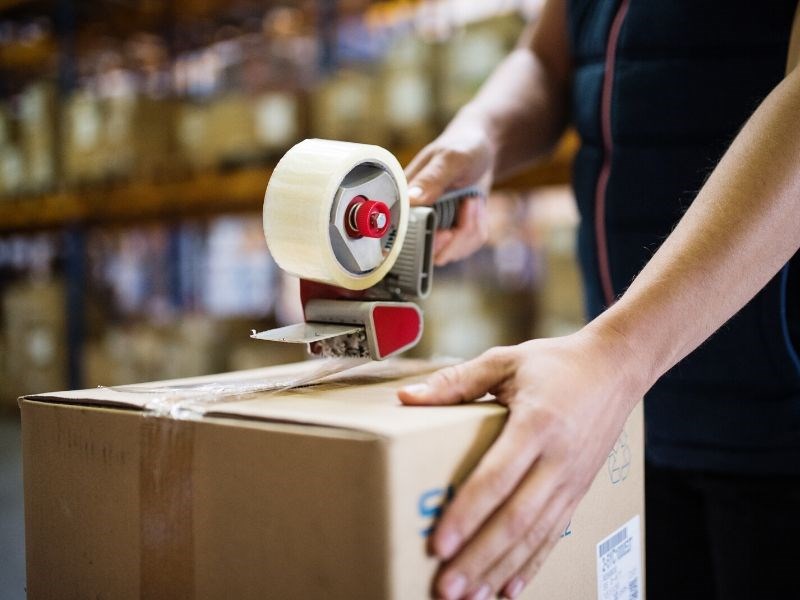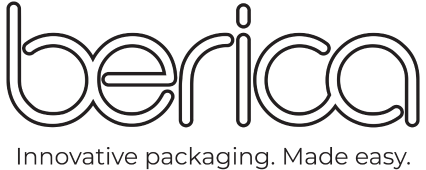Veronica has more than 20 years in senior management roles, leading marketing and sales strategies that include primary care consumables, pharmaceuticals, natural health care supplements, consumer and safety products within B2B and B2C.
The Pros and Cons of Plastic and Cardboard Packaging

When it comes to food packaging 2 main materials are often considered and compared together namely cardboard and plastic. This article is written to highlight the key differences between each material, their advantages and disadvantages and also some other key points to consider when looking at your packaging needs.
For most consumers, environmental and sustainability plays a large part in their everyday buying decisions and their perception of your business.
Cardboard
Pro's
- Instant visual recognition by consumer as alternative to plastic
- Easy to recycle
- Less environmental footprint to produce
- Quick to break down in landfill
- Less impact on our natural environment should it find its way into the ocean and waterways
- Made from renewable resources
- As it is often flat packed, it's less volume to transport
- More presentable
Cons
- Heavier to transport
- Requires high volume of water to produce
- Uncoated cardboard not as suitable for moist or greasy food products
- Can sometimes cause certain product to dry out
- Sometimes assembly is required
Plastic
When talking plastic packaging, there are many different types of plastic, however the most common in fresh food is PET or RPET (recycled PET), or PP. Here are some key pro's and con's
Pros:
- Some plastics i.e. RPET is made from recycled PET, some of which is manufactured in NZ from NZ waste plastic
- Light to transport
- Less water used in production
- Versatile for most products such as meats and liquids
- Pre-assembled
- Product stays fresher
Cons:
- Does not decompose in landfill (up to 450 years to break down!)
- Large volume of fossil fuels used to produce plastics; it is estimated that around 8% of the world's oil production is used for production of plastic.
- Often recycled offshore, meaning more carbon emissions
- Harmful to natural environment if it finds its way into the ocean waterways
- Bulky to transport and store
Consumer Engagement & Consumer Perception
Consumers are acutely aware of excess plastic in store and further bans on plastic has created even more awareness from customers https://environment.govt.nz/news/first-phase-out-of-problematic-plastics-begins/ . While some plastics like RPET may be a more sustainable plastic option, their perception is that "it's still plastic" which can impact your brand.
Cardboard enhances consumer perception of value. It will give your product a more "store made" or "gourmet" look and feel. We know that with some products our customers have sold more as a result of packaging their product in better presented packaging. Having a better presented food, can give your entire store a different look and feel to your clients.
In conclusion, whether you choose plastic of cardboard is down to your personal preference and what your customers expectations are around your sustainability story.
berica.co.nz | 0800 237 422 | sales@berica.co.nz

